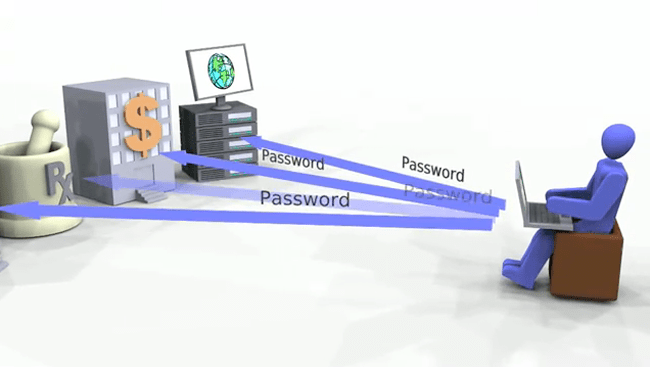
In an attempt to better fortify the security of online transactions, the Obama administration today revealed a new online security strategy that will provide individuals with a single, more reliable online identification. The White House hopes the plan will bolster Americans’ confidence in doing business online, and provide a boost to the country’s e-commerce economy.
“By making online transactions more trustworthy and better protecting privacy, we will prevent costly crime, we will give businesses and consumers new confidence, and we will foster growth and untold innovation,” President Barack Obama at a meeting with the US Chamber of Commerce today.
“That’s why this initiative is so important for our economy,” he said.
Known as the National Strategy for Trusted Identities in Cyberspace (NSTIC), the plan would allow consumers to acquire a single, certified set of login credentials, which could be used with all participating online retailers and other institutions, like banks.
“The goal of NSTIC is to create an ‘Identity Ecosystem’ in which there will be interoperable, secure, and reliable credentials available to consumers who want them,” the White House said in a statement today. “Consumers who want to participate will be able to obtain a single credential — such as a unique piece of software on a smart phone, a smart card, or a token that generates a one-time digital password.”
Adoption of the NSTIC identification would reduce users’ need to memorize the long list of passwords and usernames currently required. Users can also pick and choose which sites they use the ID with, and which ones they don’t.
“Consumers can use their credential to prove their identity when they’re carrying out sensitive transactions, like banking, and can stay anonymous when they are not,” the White House said.
According to the administration’s numbers, resolving an instance of identity theft can take about 130 hours to resolve, and cost more than $600 of out-of-pocket expenses.
While the government will help business and other institutions achieve the NSTIC plan, it should not be confused with the implementation of a controversial national ID plan.
“There are two key points about this strategy: First, this is NOT a government-mandated, national ID program; in fact, it’s not an identity ‘program’ at all,” said Leslie Harris, president of the Center for Democracy & Technology, in a statement today.
“Second, this is a call by the administration to the private sector to step up, take leadership of this effort and provide the innovation to implement a privacy-enhancing, trusted system.”


